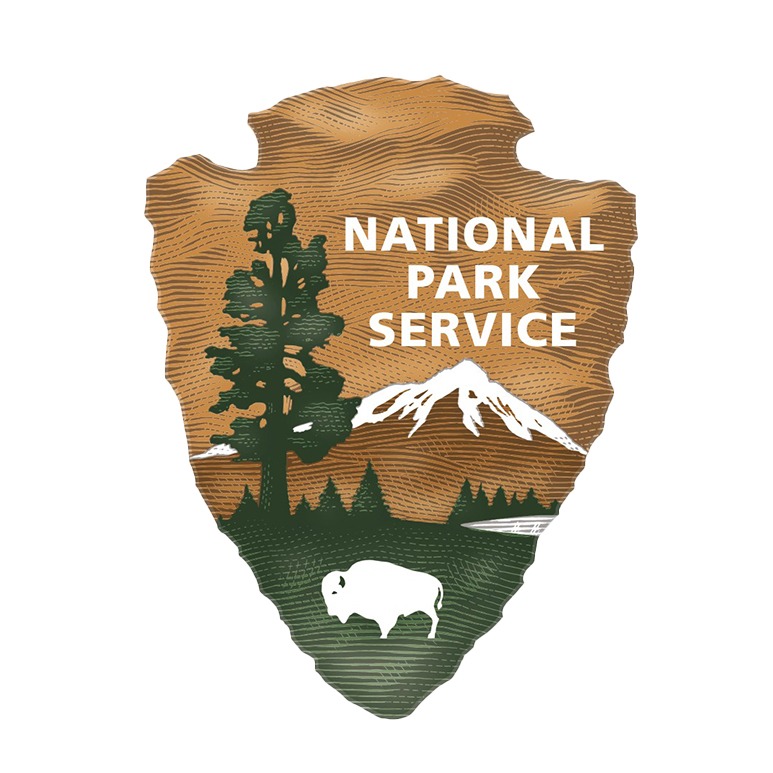*This is a 2023 archived project, view this year’s projects here.
Project overview: Spread key safety messages and avoid preventable accidents through a variety of outreach activities, including trailside signs and volunteer-run information stations.
The backstory: Many of the accidents, injuries and other incidents that require emergency responses in Yosemite each year are preventable. The park’s Preventive Search and Rescue (PSAR) initiative launched in 2007 to reduce the number of avoidable incidents through three primary methods: education, landscape design that discourages risky behaviors, and temporary or long-term trail closures.
This project focuses on the first pillar of the PSAR program: education. With support from our donors, the PSAR program’s educational efforts have grown and formalized in recent years. Today, PSAR rangers, volunteers and interns stationed along popular trails educate hikers in person, stressing the dangers of cold rivers and slippery boulders, the importance of respecting closures and railings, and the value of carrying essential items, such as food, water, warm layers and headlamps, even on short hikes. The PSAR team also takes advantage of Yosemite’s influential digital presence to share safety tips with the park’s online audience.
In 2019, PSAR began working with Yosemite Conservancy volunteers to staff information stations along the route to Vernal Fall. In 2020, when our volunteer programs were canceled due to COVID-19 concerns, Conservancy staff stepped in to support PSAR outreach on the trails, which included encouraging one-way hiking on the Mist Trail to reduce crowding during the pandemic. Whether faced with a public health crisis, exceptionally high water or a heat wave, the PSAR team’s goal is steadfast: to provide people with information they need to stay safe, make sound decisions and enjoy their experience in the park.
This year: In 2023, your gifts will continue to fund the PSAR team’s education and outreach efforts during Yosemite’s busiest months. Conservancy volunteers will manage information stations along the popular Mist Trail, catching people before they head to slippery steps. Farther east, seasonal rangers, interns and volunteers in Little Yosemite Valley will talk to hikers making their way to Half Dome. Your support will also help the team create and install hazard-specific signs along trails, and produce digital content, including website updates, social media posts and videos, to spread safety messages to people around the globe.
Project partner: Yosemite National Park.

